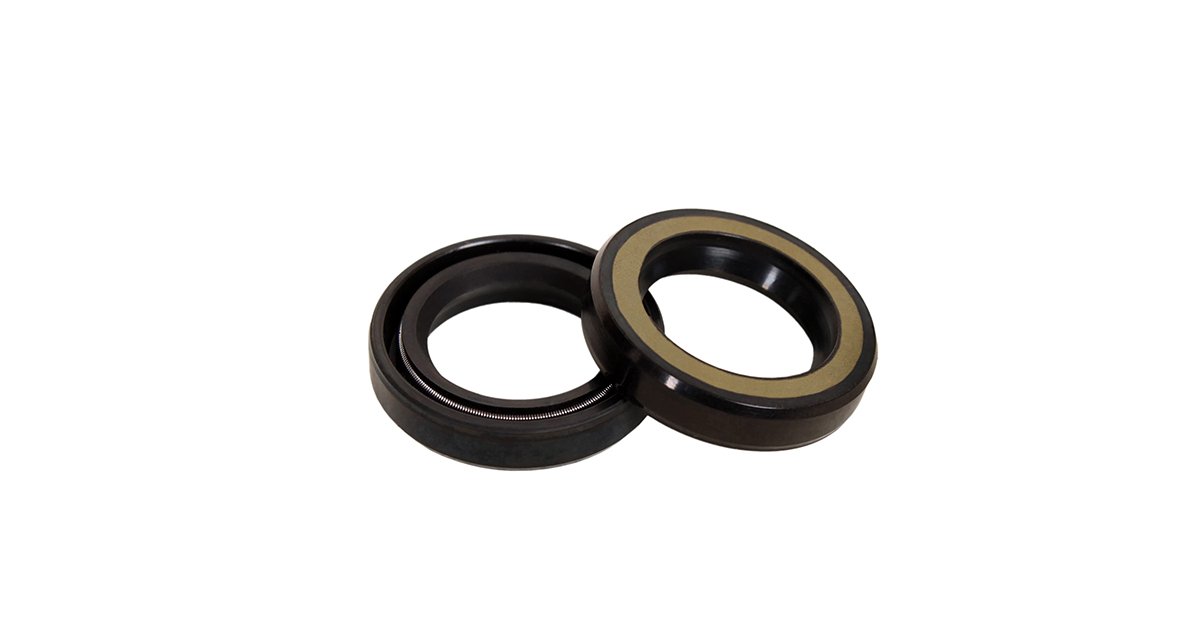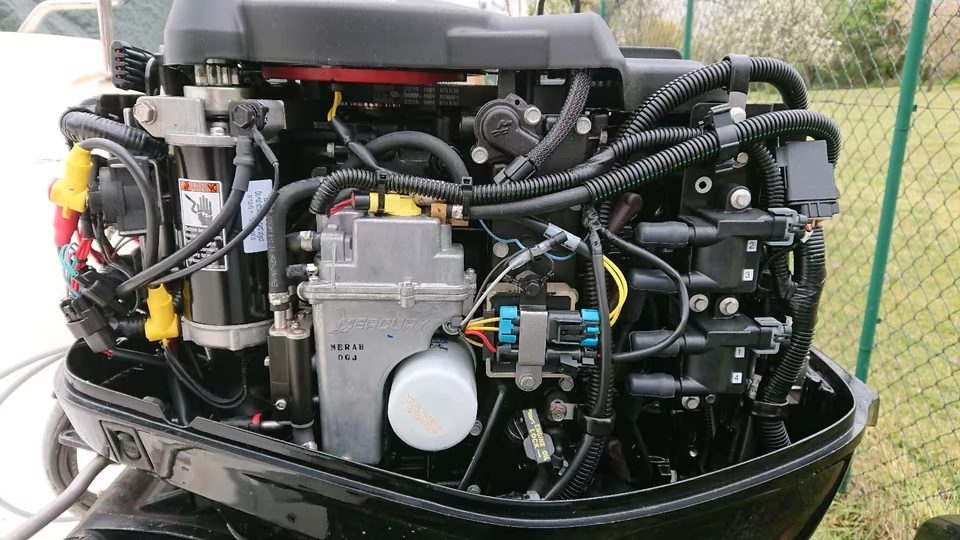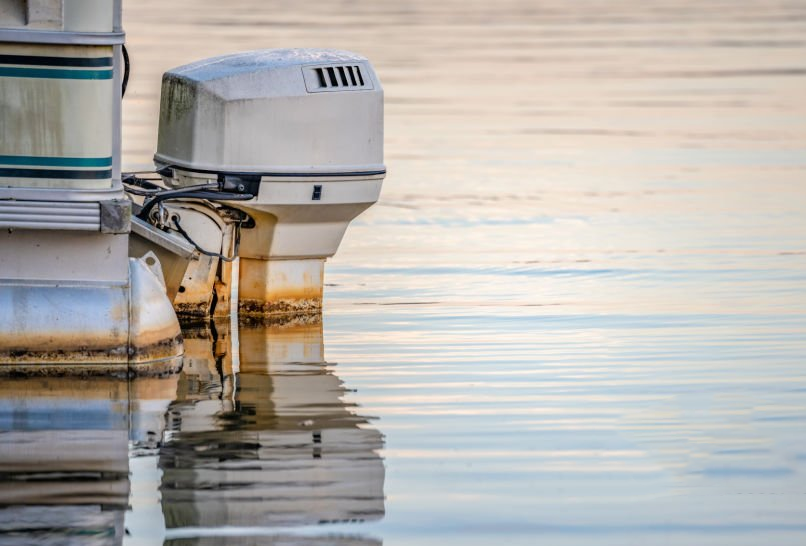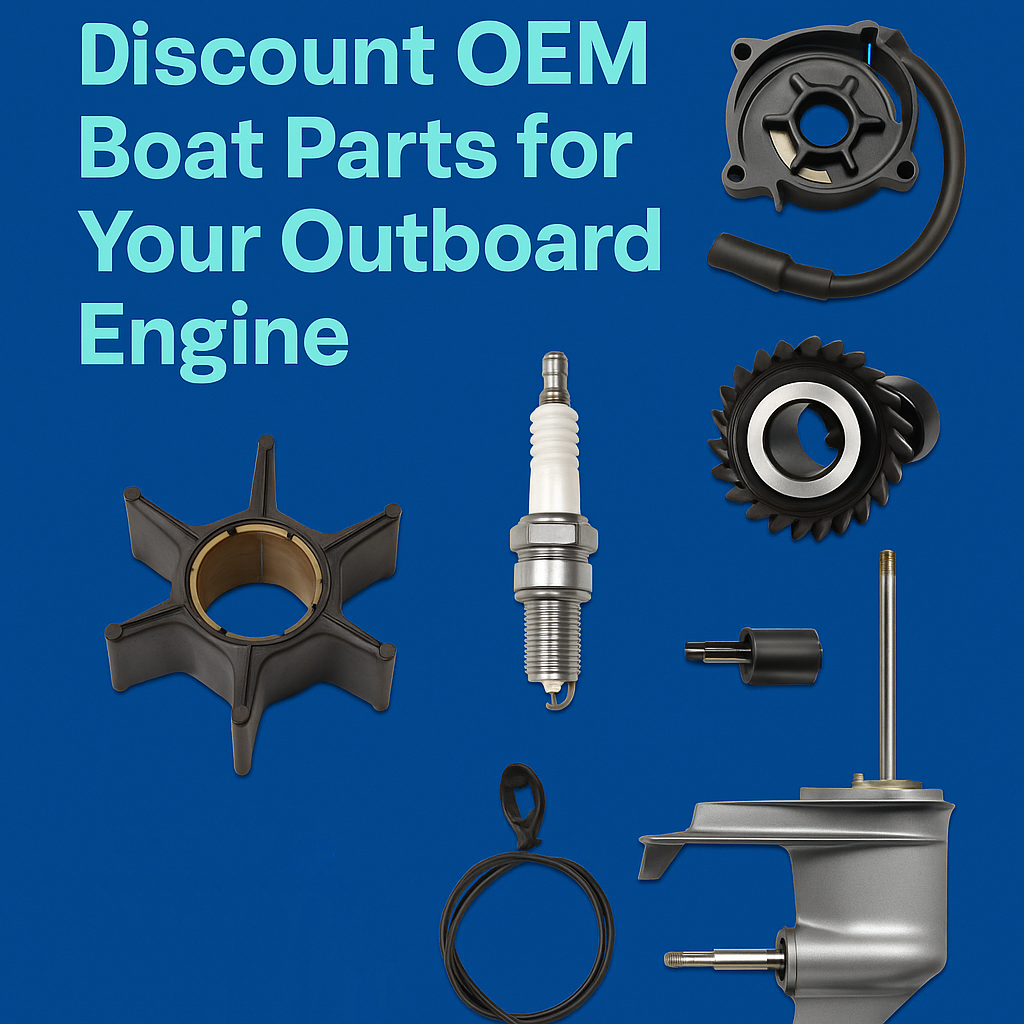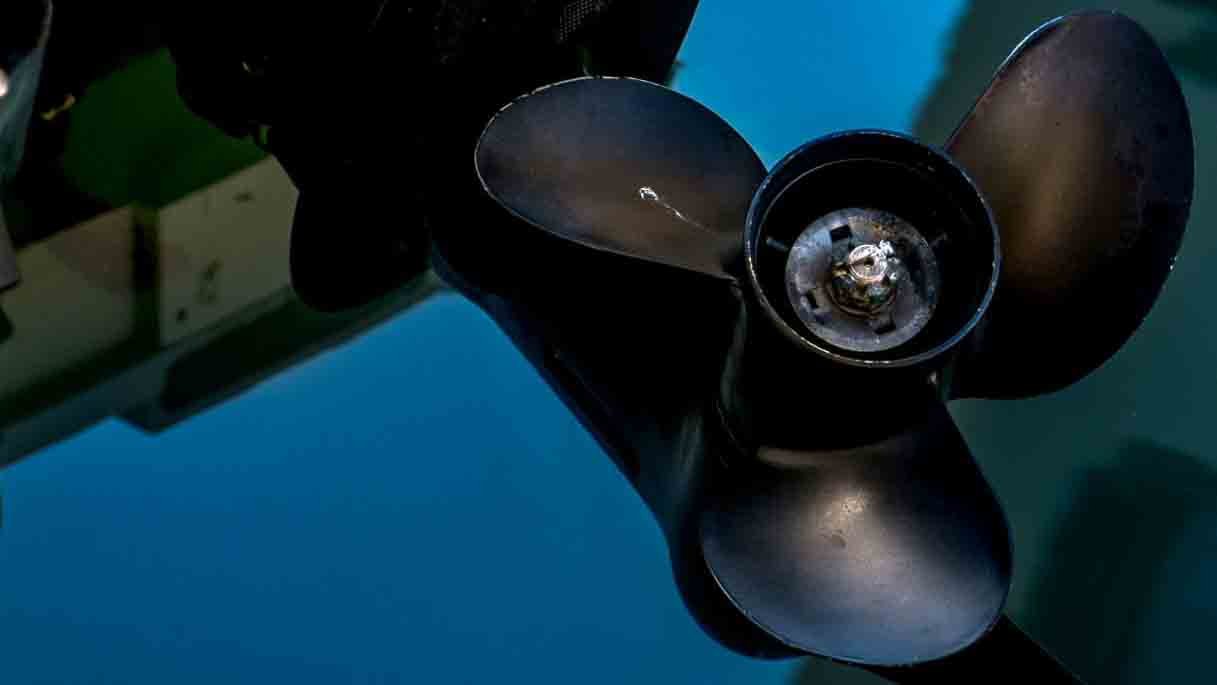Oil seals are crucial components in engines and machines, preventing leaks and ensuring that oil stays where it’s needed. Whether you’re maintaining a car, motorcycle, or outboard engine, it’s important to know how to recognize when your oil seals are failing. In this blog, we’ll go over the signs that indicate your oil seals might be bad, and why you should address them promptly.
1. Oil Leaks
One of the most obvious signs of a bad oil seal is visible oil leaks. Oil seals are designed to keep oil contained within specific parts of your engine, such as the crankshaft or camshaft. When they fail, oil can start leaking out. If you notice oil stains or puddles under your vehicle or boat or see oil around engine parts, it’s likely that one or more of your oil seals are compromised. Regularly check the area around your engine to spot leaks early.
2. Increased Oil Consumption
If your engine is burning through oil faster than usual, it could be a sign that your oil seals are deteriorating. When the seals start to wear out, oil can escape from the engine, either leaking externally or burning inside the engine. Keep an eye on your oil levels, and if you find that you need to top up the oil more frequently, it may be time to inspect the seals.
3. Engine Performance Issues
A bad oil seal can lead to engine performance problems. If oil is leaking out or burning inside the engine, it can affect lubrication, causing parts to wear out faster and resulting in decreased performance. You might notice engine misfires, rough idling, or strange noises like knocking or ticking sounds. These issues could be related to inadequate oil supply, which might be caused by faulty oil seals.
4. Smoke from the Exhaust
Another clear sign of a bad oil seal is smoke coming from the exhaust. When oil leaks into the combustion chamber, it can burn and produce smoke. This is often a bluish-gray smoke that appears when you accelerate or at idle. If you notice unusual exhaust smoke, check your oil seals, as this could be a sign that oil is seeping into the wrong parts of the engine.
5. Visible Cracks or Damage
In some cases, you might be able to spot physical damage to the oil seal itself. Oil seals are usually made of rubber or elastomer materials, and over time they can crack, harden, or become brittle due to age or exposure to heat. If you notice visible cracks or damage on the seals during an inspection, it’s a clear indication that they need to be replaced.
Conclusion
Oil seals are small but essential parts that help keep your engine running smoothly. If you notice any of the signs mentioned above, it’s important to take action and replace the seals before further damage occurs. Regular maintenance and inspections will help you catch issues early, saving you time and money in the long run. If you’re unsure about the condition of your oil seals, consult a professional mechanic to assess the situation and ensure your engine remains in top shape.

